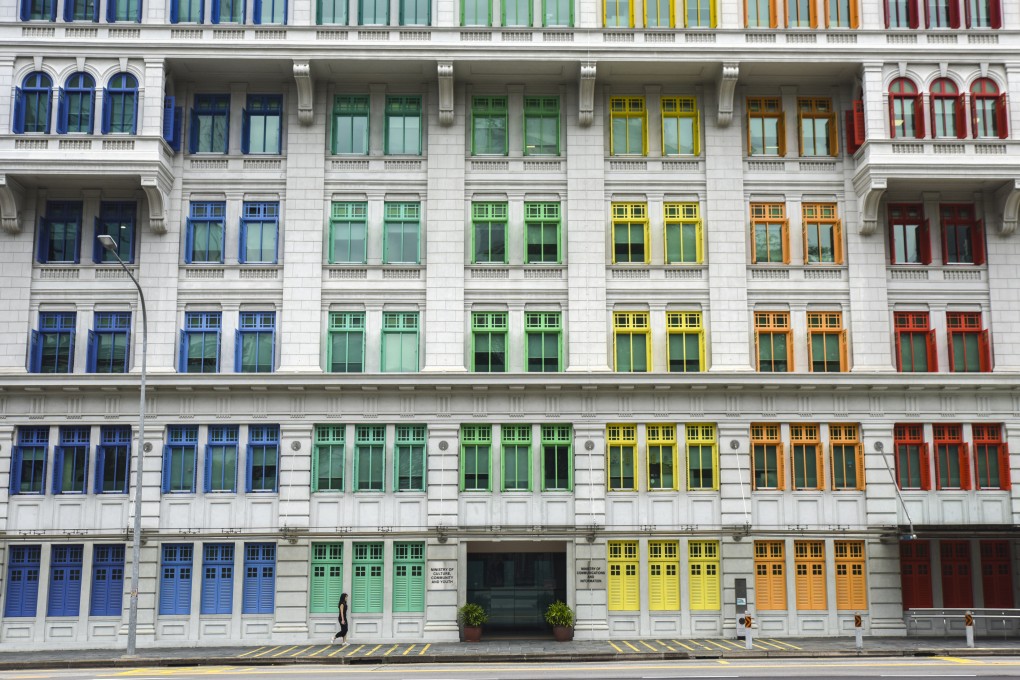How Singapore got rid of corruption and cleaned up its act, illustrated step by step on the Graftbusters’ Trail
- Singapore ranks joint fourth on an index of the perceived honesty of its institutions but before the 1950s, corruption was not just common but widely accepted
- Walking the Graftbusters’ Trail helps explain how the city’s Corrupt Practices Investigation Bureau fearlessly went after police and government ministers

Clutching expensive bags, wearing designer sunglasses and changing poses swiftly, one young person after another is photographed in front of a hulking old building in downtown Singapore.
The appeal stems from its window shutters, which are variously purple, blue, green, gold, orange and red. This flood of colour has made the building a prime backdrop for social media images, planting it on Singapore’s busy influencer trail along with locations such as Marina Bay Sands and Gardens by the Bay.
The building with the multihued shutters is the Old Hill Street Police Station, which is also a key stop on a more meaningful tourist trail, one that helps to explain Singapore’s affluence.
Many other nations have greater natural resources than the city state yet are comparatively unsuccessful. At the heart of their failure, all too often, is corruption.

When the era of self-governance began in Singapore, 63 years ago, the authorities cracked down on abuses of power for private gain, as I learn while following the Graftbusters’ Trail.
City tourist trails typically focus on themes with broad appeal such as food, nature, architecture and culture. By contrast, Singapore’s National Heritage Board has crafted niche routes centred on cemeteries, maritime history, military barracks and law enforcement.